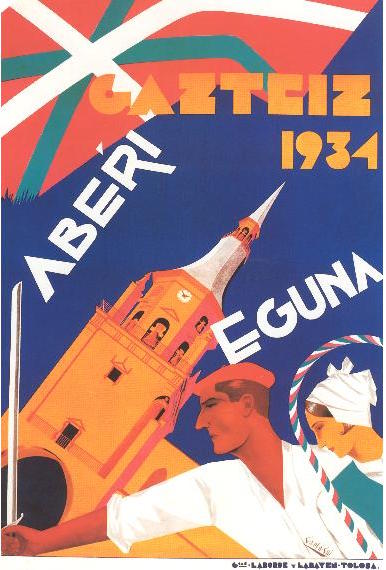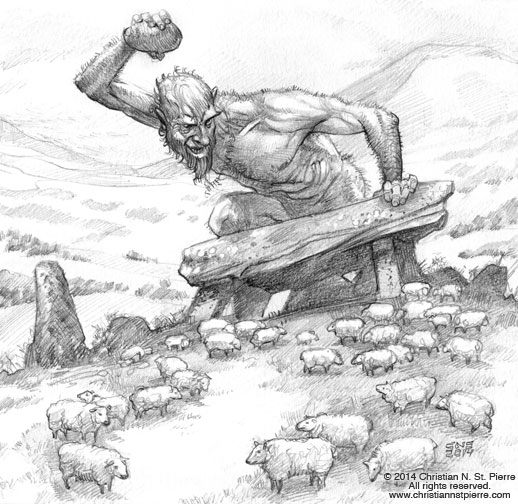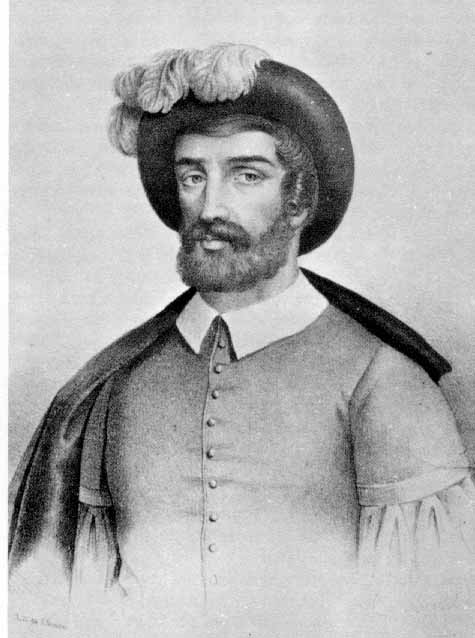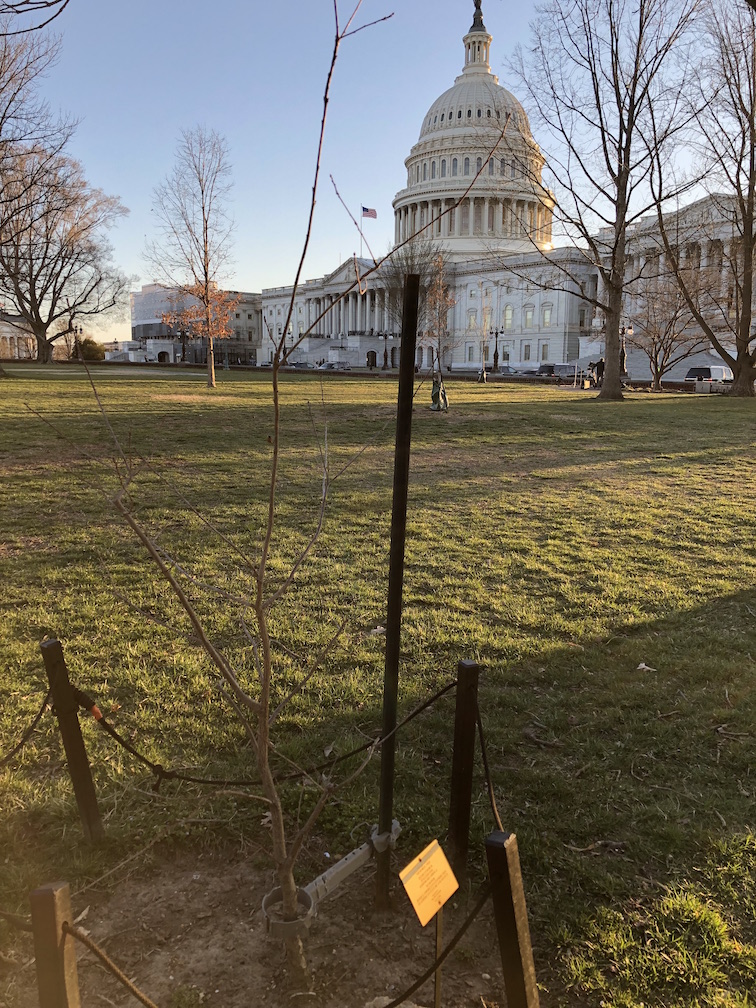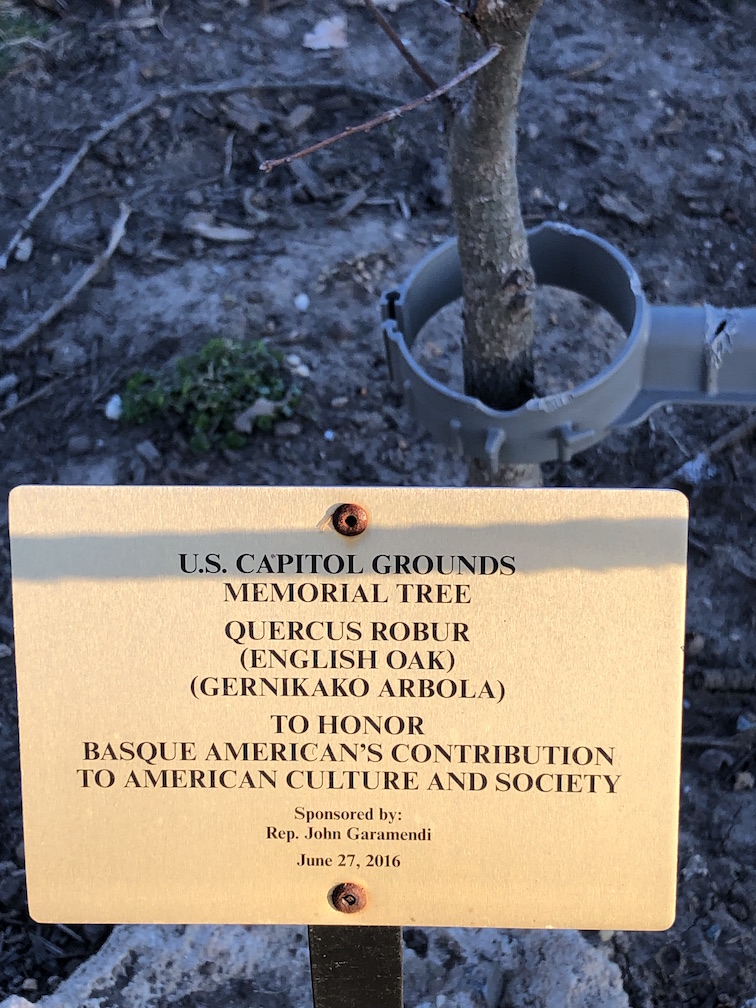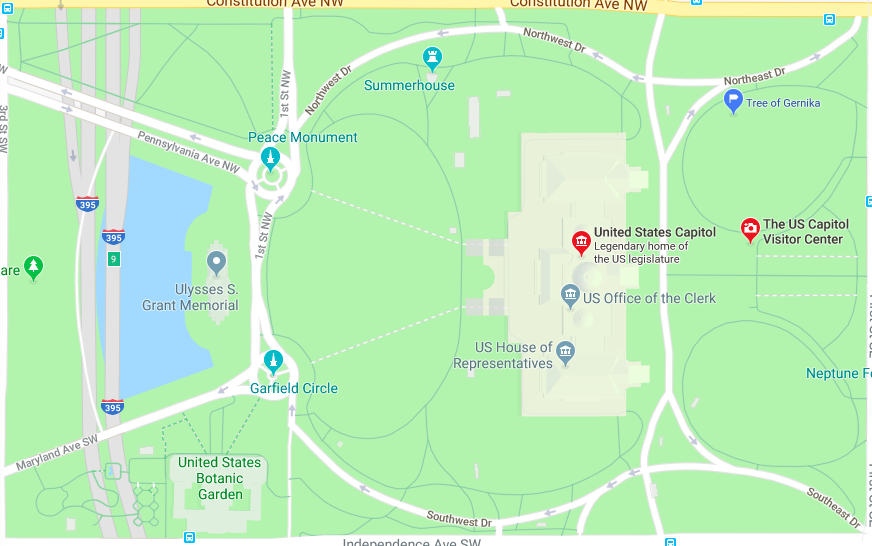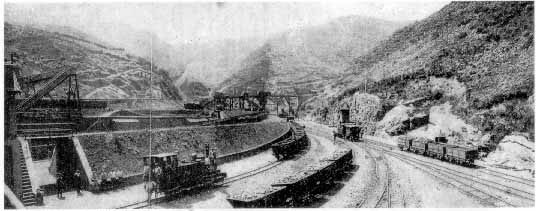One of the most infamous episodes in the Spanish Civil War is the bombing of Gernika, in which the German Luftwaffe’s Condor Legion attacked the Basque town on Monday, April 26, 1937, starting around 4:30pm in the afternoon. Monday was a market day, normally bringing thousands of people to the small town in the heart of Bizkaia. From the German point of view, this attack was a test of so-called terror bombing, in which civilians are attacked to break the will of the enemy.
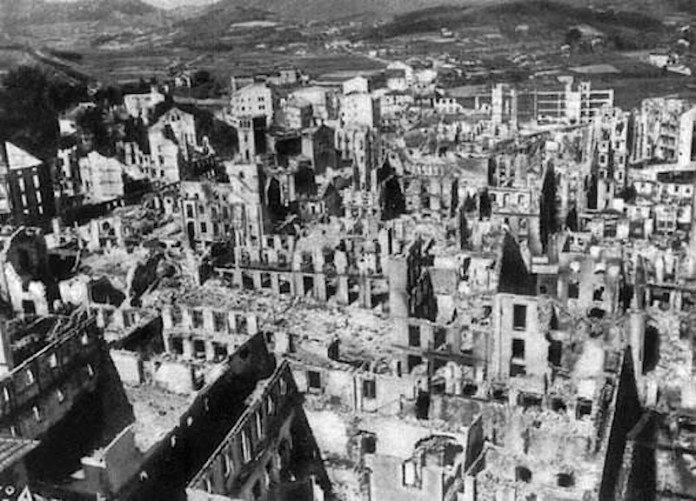
- The town of Durango lies some 28 kilometers from Gernika. It was bombed on March 31, 1937. Durango was viewed as an important transportation junction between the front and Bilbao. German and Italian planes, modified to drop bombs, attacked the town, which had no air defenses. About 250 people died that day. Two churches were bombed during mass, and in one 14 nuns and the officiating priest were killed.
- Earlier on the same day that Gernika was bombed, the small towns of Gerrikaitz and Arbatzegi (collectively known as Munitibar) were also bombed and machine-gunned. About 11 people were killed during those attacks. Other towns surrounding the mountain Oiz were also attacked, including Markina, Ziortza-Bolibar, Arratzu, Muxika and Errigoiti.
- The raid on Gernika was originally reported by South African journalist George Steer, who sent a telegram to London describing the bombing and the German markings on the casings. At one point, Steer hid in a bomb crater in Gerrikaitz to escape machine gun fire from German planes.
- The raid on Gernika was led by Wolfram Freiherr von Richthofen, who was the fourth cousin of Manfred von Richthofen, the infamous Red Baron. Much of what we know about the German planning of the attack comes from his diaries.
- Of course, the bombing of Gernika is the source of inspiration for Pablo Picasso’s painting Guernica.
- Though the numbers are uncertain and in some dispute, between 150 and 1500 people died that day. While many modern historians place the death toll to something less of 300 people, Xabier Irujo argues convincingly in Gernika, 1937: The Market Day Massacre that a figure of 1500 is more likely.
- One of the last survivors of the bombing of Gernika, Luis Ortiz Alfau, died on March 8, 2019.



